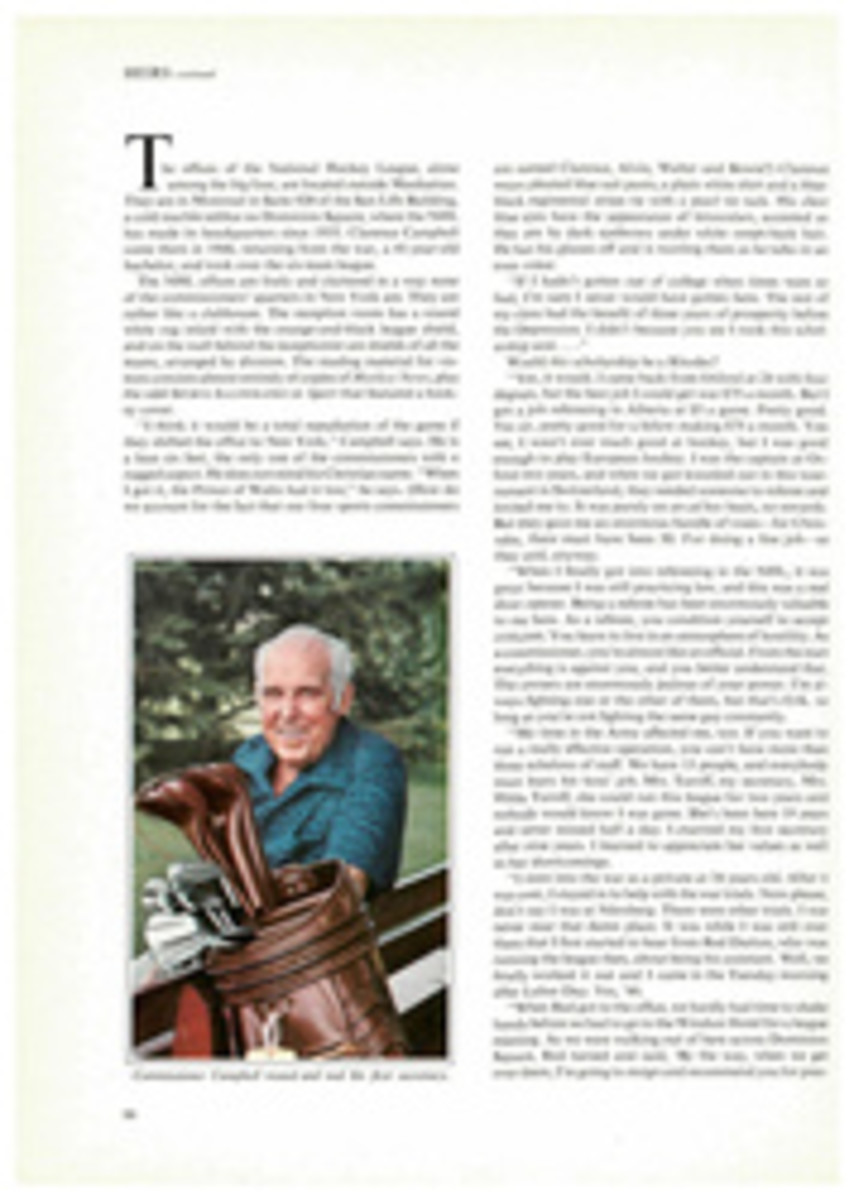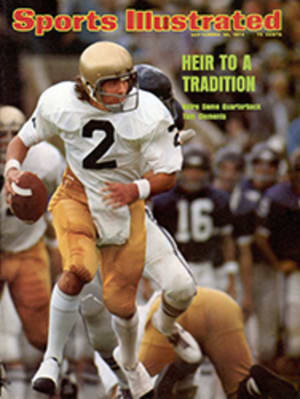
LETTER FROM THE PUBLISHER
Getting the group portrait of Pete Rozelle, Bowie Kuhn, Walter Kennedy and Clarence Campbell that illustrates Frank Deford's story on the four major sports commissioners (page 82) was an unusual challenge for our photography department and its new director, Jerry Cooke.
"The four of them had never been photographed together before," Cooke says, "at least not in a formal setting. So our first problem was getting the commissioners together. All of them were perfectly willing to pose, but setting a time and place required dozens of phone calls. Three of them work and live near New York, but Campbell's office is in Montreal. Rozelle was preoccupied with the NFL players' strike. Kuhn was in the middle of the baseball season. Kennedy was in and out of town on basketball business."
A mutually satisfactory date for a meeting in New York City was worked out, but then came the question of background. Deford had stressed to Cooke that he felt each of the commissioners was concerned with his image and that we should be careful not to create a photographic situation that would appear to favor one and demean another.
"We wanted a background that was both sporting and neutral," Cooke says. "We considered and then discarded such places as the carousel in Central Park—not dignified enough—and Rozelle's boardroom—not neutral—and the fountain in front of the Plaza Hotel, which was too obviously New York. I had picked Arnold Newman, the portrait photographer, to do the job, partly because I felt he could cope with four strong, different personalities; and Dick Gangel, our art director, suggested we use Newman's studio and create a suitable background there, perhaps using a piece of sculpture or art that depicted a sporting event. We began looking for something.
"As the date neared for our appointment with the commissioners, Newman was also involved in two other major projects: one the publication of a book of his portraits, which was being printed in Connecticut; and the other the redecoration of his Manhattan apartment. I was soon in a cross fire of phone calls from Arnold: some from his studio, some from his home, some from Connecticut, some from a phone booth on Orchard Street in lower Manhattan, where he and his wife were looking for material for the apartment. Arnold told me there was a vase in the Metropolitan Museum of Art that looked right, but the museum would not let us borrow it. Then he saw a picture in an art book of another vase with a discus thrower on it that was in the Museum of Fine Arts in Boston. The Boston museum said it would be happy to let us use it, but it was too late to send someone to Boston to package the vase and bring it to New York. Instead, we made a 16-foot-square photomural to use as a backdrop. The mural got to Newman's studio just ahead of the commissioners, and everything worked out fine. While Arnold fiddled with his lights, the four czars gathered in a corner of the studio and talked about legal problems in sport. When it came time to shoot the portrait, they rallied around and everything was done in 20 minutes. 'They were very cooperative,' Newman said. 'No problems at all.' "
PHOTO
PORTRAITIST NEWMAN AND PHOTOMURAL

